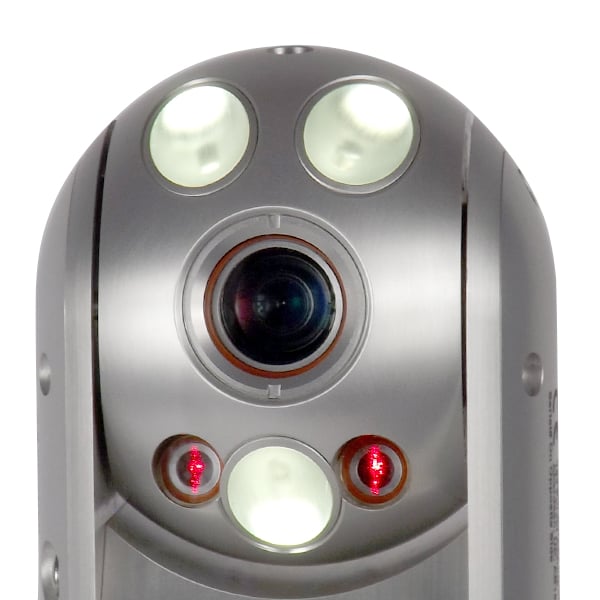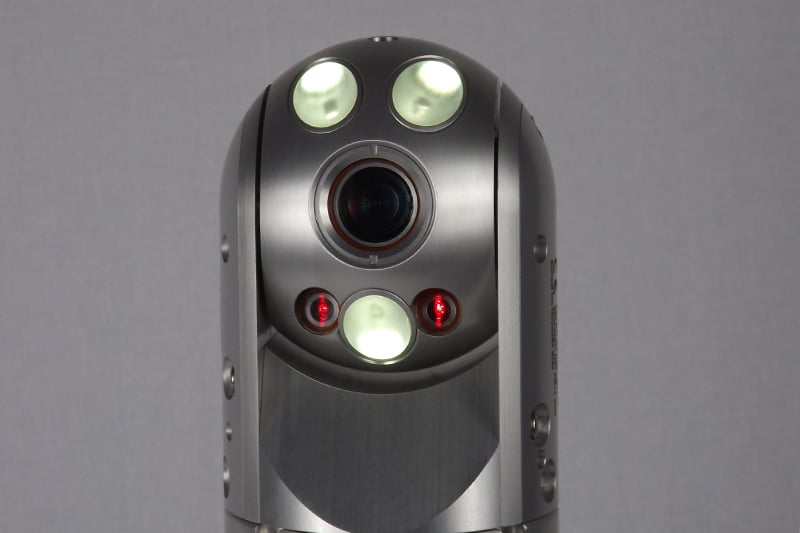Crawler Tech Tips: Using Laser Lines

When deploying a robotic crawler to conduct your remote visual inspection, it’s important that the results that you produce are as precise as possible.
Laser lines allow inspectors using robotic crawlers for RVI to gauge object size and distance and better assess anomalies.
Inuktun tech specialist Jeff Christopherson describes the laser lines as a high-tech ruler. “The laser lines in essence project a ruler onto an object so that you can measure the size of that object,” he explains.
The laser lines are spaced exactly 30 millimetres apart and remain that width regardless of how far the object is from the camera, Christopherson says. “So by casting two bright indicators 30 millimetres apart on an object, you can estimate the size.”
The laser lines can help inspectors to assess the size of anomalies discovered during an inspection, allowing them to evaluate the scope of potential problems.
Laser lines can also be used to gauge distance, explains Christopherson. “The lines will appear to fill the video monitor when cast on a nearby object but will appear very small on a distant object. This information can be used to evaluate the size of an unknown area such as an underground tunnel or mine void, or the distance to an underwater object.”
Many Inuktun products, such as the Versatrax 450 crawler system and the Spectrum 90 and Spectrum 120 cameras, can be customized to include laser lines.
One Inuktun customer used the laser lines to gauge the size of an abandoned underground mine, says Christopherson. The company used the Spectrum 90 camera to complete a detailed investigation of the mine, allowing their client to redevelop the property at a fraction of the cost.

